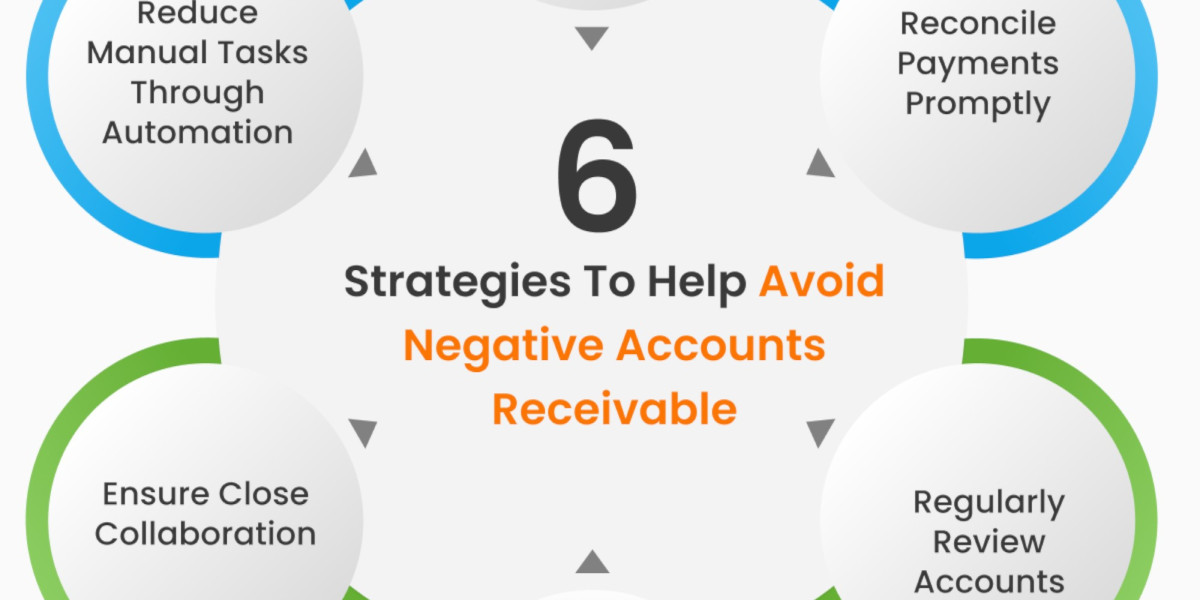As more companies turn to accounts receivable outsourcing services to streamline operations and improve collections, one critical aspect often determines the success of these partnerships—the Service Level Agreement (SLA). But what exactly should an SLA for outsourced accounts receivable services include? And how can you ensure it protects your business, aligns with your financial goals, and sets expectations for performance? Let’s walk through what to include in an SLA when you outsource accounts receivable services, and how it can serve as a roadmap to better vendor relationships and healthier cash flow
What Is an SLA in Accounts Receivable Outsourcing?
A Service Level Agreement (SLA) is a formal contract between your organization and the outsourcing provider. It defines the scope of outsourcing accounts receivable services, outlines performance expectations, and sets benchmarks for service quality, timelines, responsibilities, and deliverables. Think of it as a safeguard—it ensures that when you outsource account receivable services, both sides are on the same page
Why Is the SLA So Important?
So, whether you're a healthcare provider, SaaS company, retail brand, or B2B enterprise looking to outsource accounts receivable services, your SLA should be treated as a strategic asset
Key Elements to Include in an Accounts Receivable Outsourcing SLA
1. Scope of Services
Clearly define the tasks that the outsourcing provider is responsible for. This may include:
Invoice generation and delivery
Payment follow-up and collections
Dispute resolutionAging report management
Payment posting and reconciliationReporting and analytics
This section should also outline what the provider is not responsible for, to avoid ambiguity
2. Performance Metrics (KPIs)
Specify how performance will be measured. Relevant KPIs for accounts receivable outsourcing services include:
Average Days Sales Outstanding (DSO)
Collection rate (as % of total AR)
Percentage of invoices sent within a defined time frame
Dispute resolution turnaround time
Reduction in aging buckets (30/60/90 days)
These metrics must be realistic, measurable, and aligned with your internal benchmarks.
3. Timelines and Turnaround
Set expectations around timeframes for task completion. Examples include:
Invoices must be sent within 24 hours of transaction
Collections follow-ups start within 5 days of due date
Weekly status reports delivered every Monday by 12 PM
This prevents delays and ensures consistency in operations.
4. Compliance and Data Security
When you outsource accounts receivable services, especially if dealing with sensitive financial or customer data, compliance is non-negotiable.
Make sure the SLA addresses:
GDPR, HIPAA, or other relevant regulations
Data encryption standards
Secure access protocols and audit logs
Breach notification policies
This is particularly vital for businesses in healthcare, finance, and eCommerce.
5. Technology Integration and Access
The SLA should specify how the outsourcing partner will access your accounting or ERP systems (like NetSuite, QuickBooks, SAP, or custom platforms). It should cover:
Software used by the provider
APIs or integration capabilities
Training on your internal tools (if applicable)
Platform compatibility and access controls
6. Reporting and Transparency
Your SLA should include requirements for:
Weekly or monthly performance reports
Access to dashboards or analytics portals
Regular review calls or check-ins
Detailed documentation of disputes or escalations
When you outsource account receivable services, transparency builds trust and enables continuous improvement.
7. Escalation and Resolution Protocols
No matter how well services are defined, issues can arise. Your SLA should lay out:
How to escalate unresolved issues
Point of contact for different issue types
Timeline for resolution (e.g., 48 hours for invoice discrepancies)
A defined escalation matrix prevents service lapses from becoming prolonged problems.
8. Penalties and Remedies
If the outsourcing provider fails to meet the agreed service levels, what happens?
This section might include:
Penalties for missed KPIs or SLAs
Credit or discounts for subpar performance
The right to terminate the contract after repeated failures
This ensures accountability and reinforces the importance of service consistency.
9. Change Management
As your business evolves, so will your AR needs. Include provisions for:
How scope changes are proposed and approved
Timeline and cost implications of changes
Review frequency for updating the SLA (quarterly, semi-annually)
This future-proofs the agreement and supports scalability.
10. Termination Terms
Define under what conditions the SLA or contract can be terminated, including:
Notice period required (e.g., 30 or 60 days)
Exit strategy and handover procedures
Data return and system access shutdown protocols
This section is crucial to ensure a smooth transition if you choose to switch providers later.
Questions to Ask Before Signing the SLA
To ensure the agreement supports your goals, ask:
What KPIs do they suggest tracking for AR success?
Can the provider meet my industry-specific compliance needs?
How are disputes between our teams handled?
What’s their process for scaling services as we grow?
How flexible is the SLA to accommodate business changes?
Final Thoughts: An SLA Is More Than a Legal Document
It’s a performance blueprint, communication tool, and risk mitigation strategy. As more companies in 2025 choose to outsource accounts receivable services, those with clear, detailed SLAs are seeing smoother transitions, better outcomes, and faster returns. Whether you’re exploring outsourced accounts receivable services for the first time or renegotiating an existing contract, don’t skip this step. A thoughtfully crafted SLA ensures your provider is a partner—not just a vendor.
Ready to Create a High-Performance SLA?
Let our team of AR outsourcing specialists help you define the right SLA for your industry, goals, and customer experience. Whether you're looking to optimize collections, reduce DSO, or gain real-time AR visibility—we’re here to help you scale with confidence.








